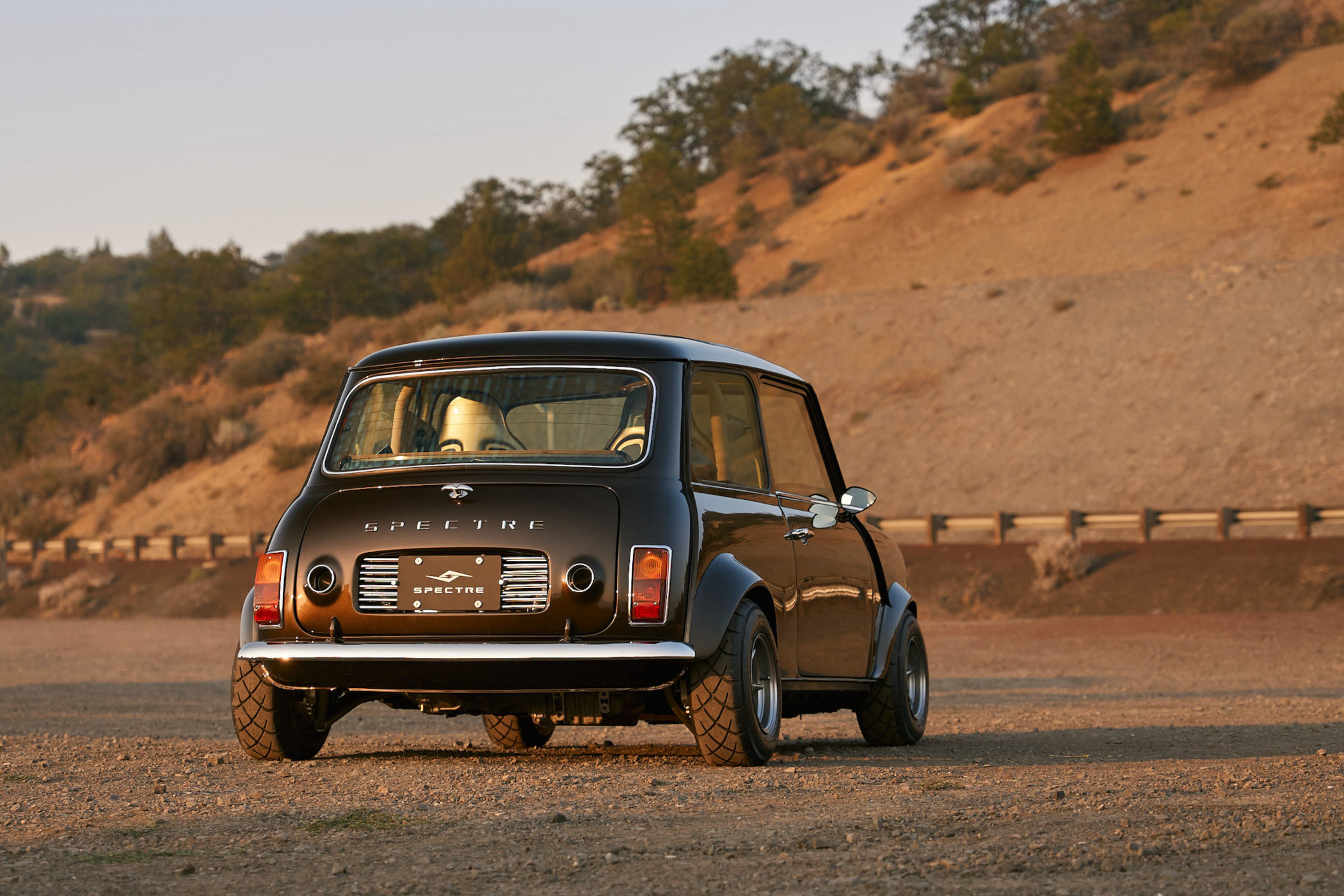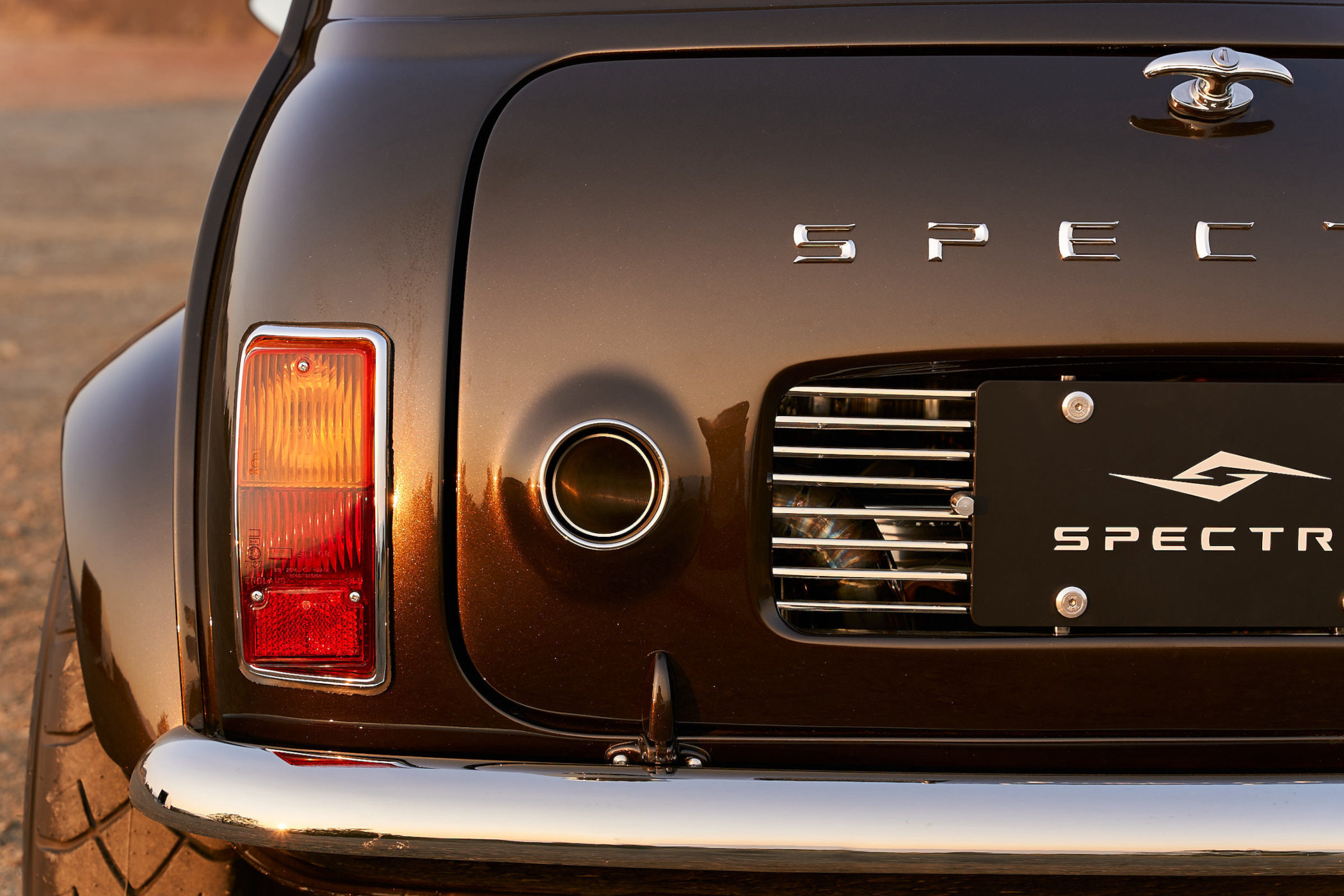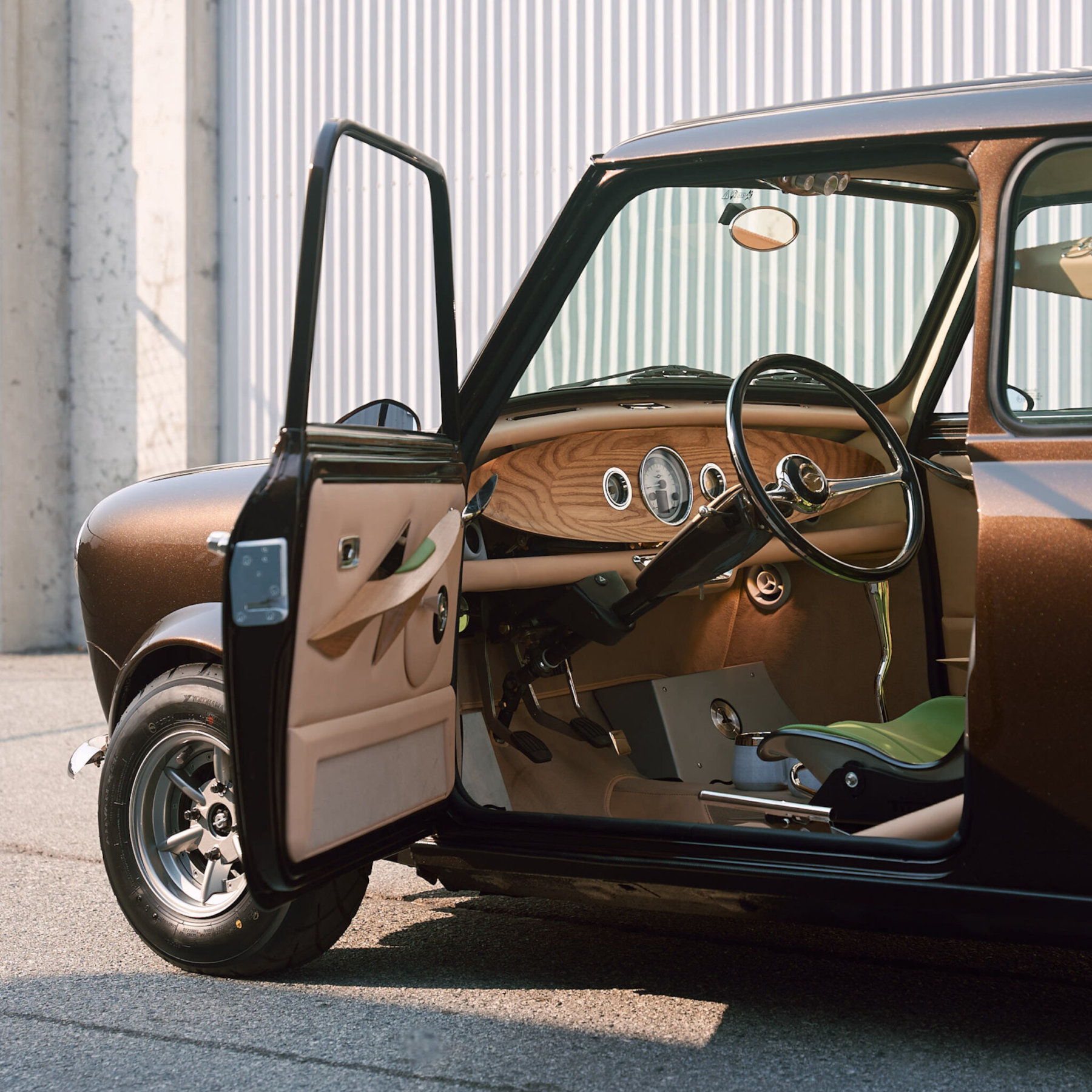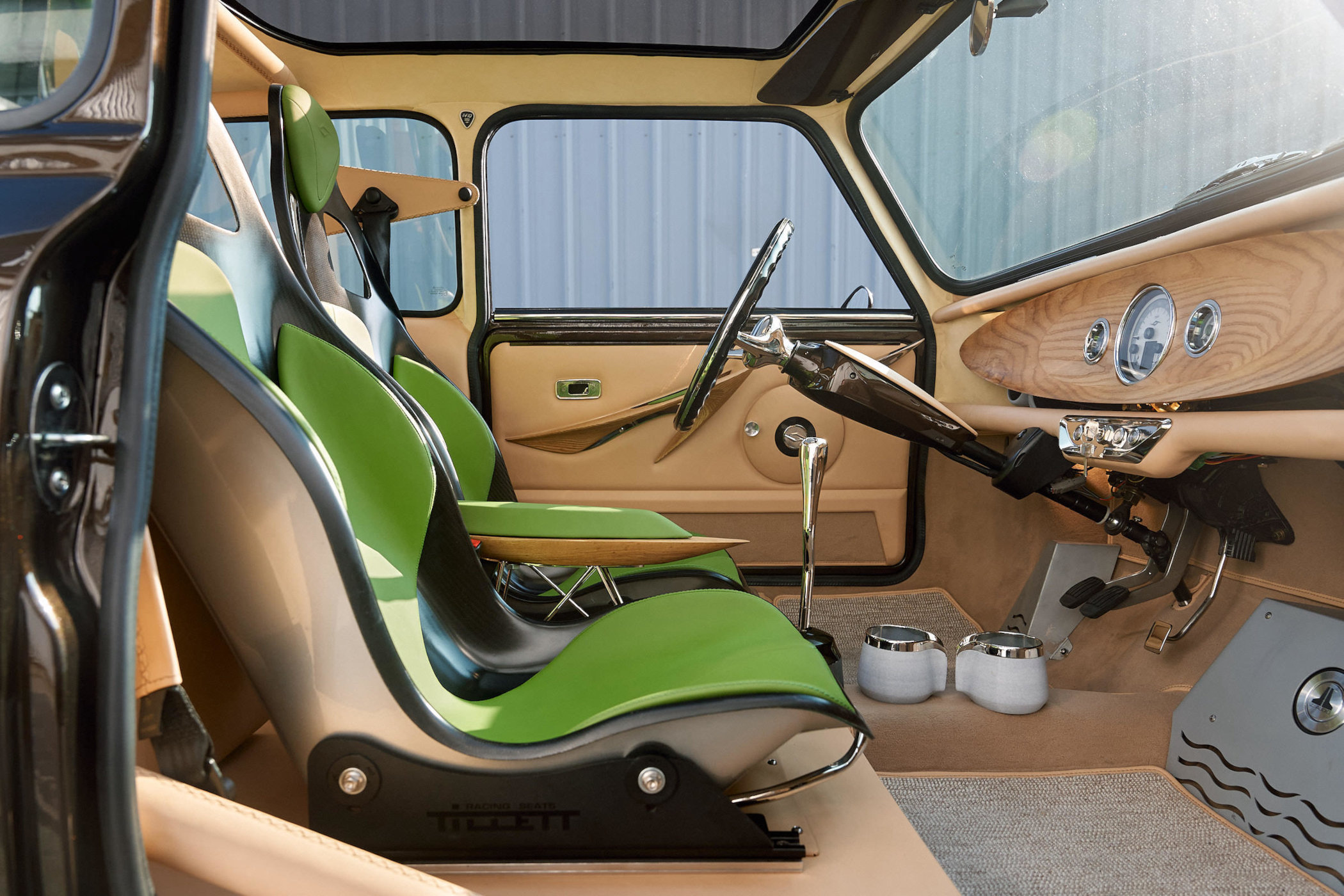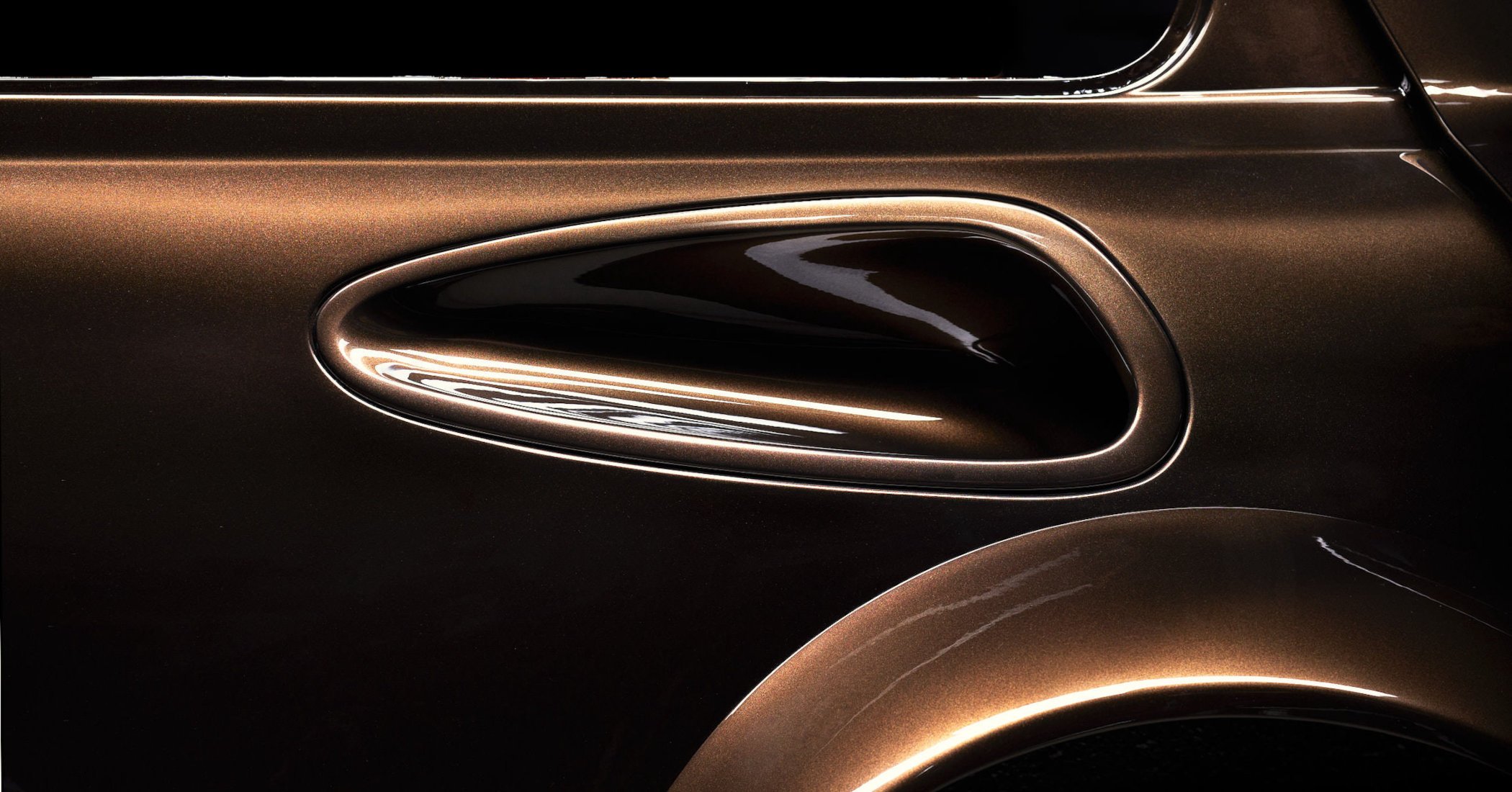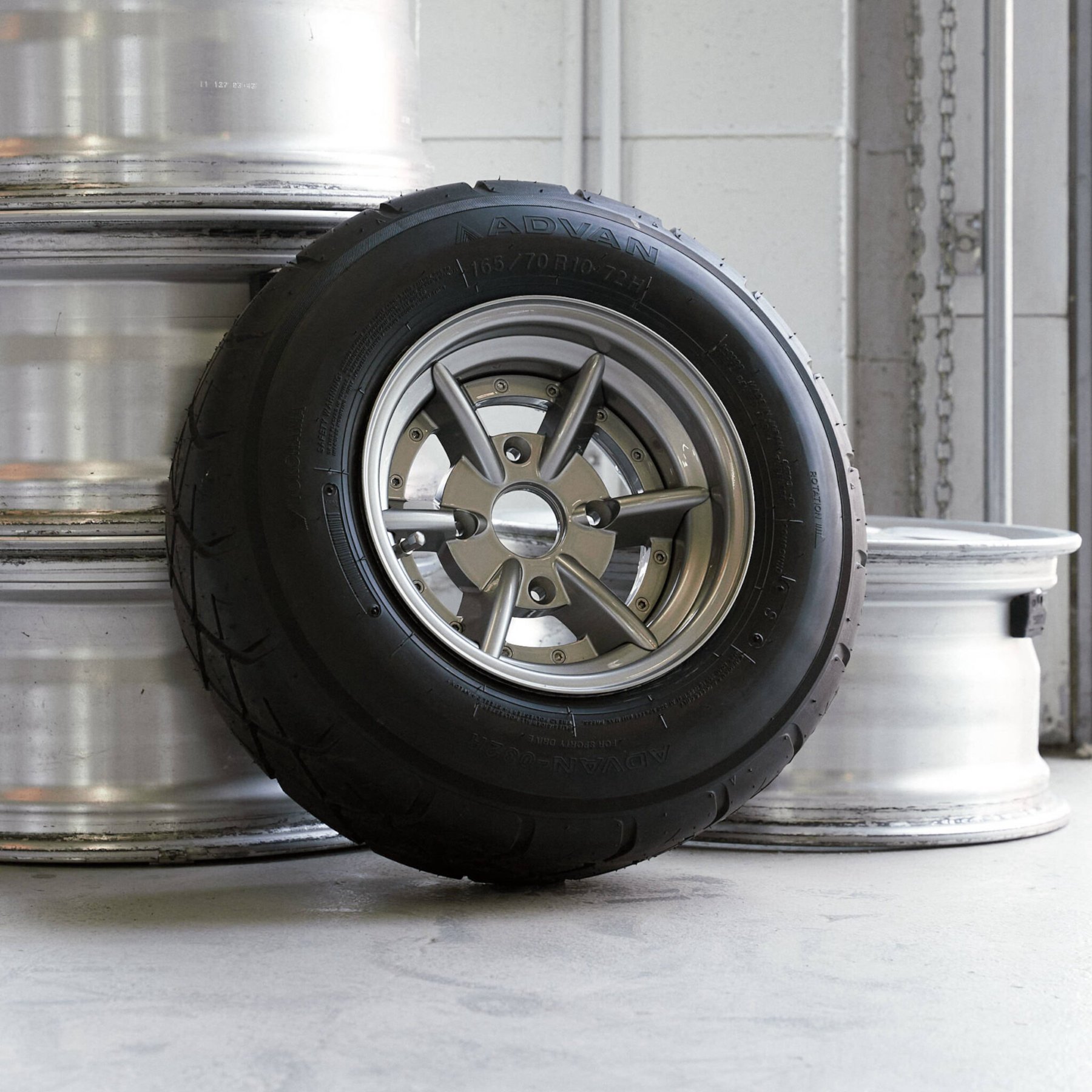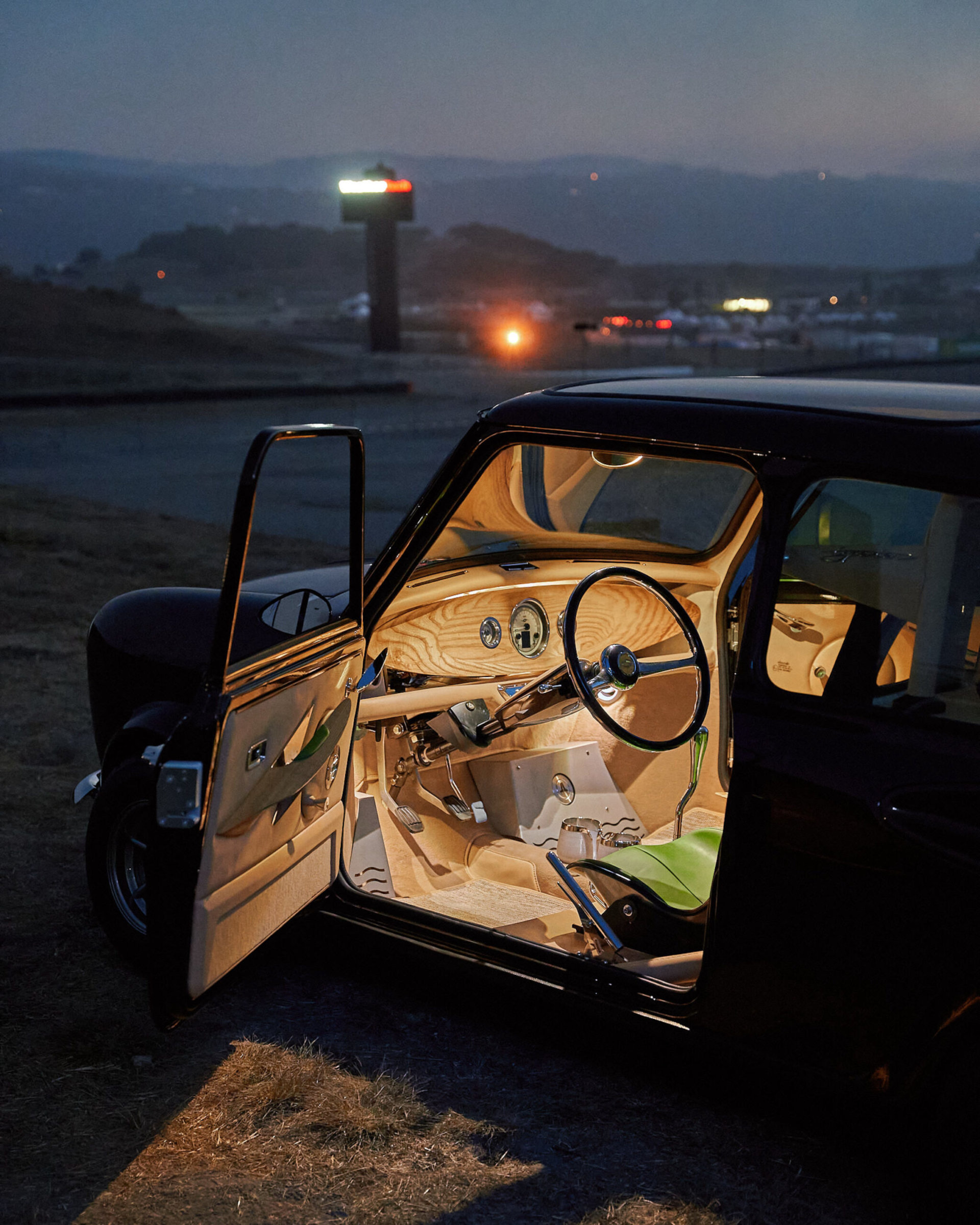The Spectre Mini Type 10
An exquisite six-figure Mini resto-mod, but is it worth it?
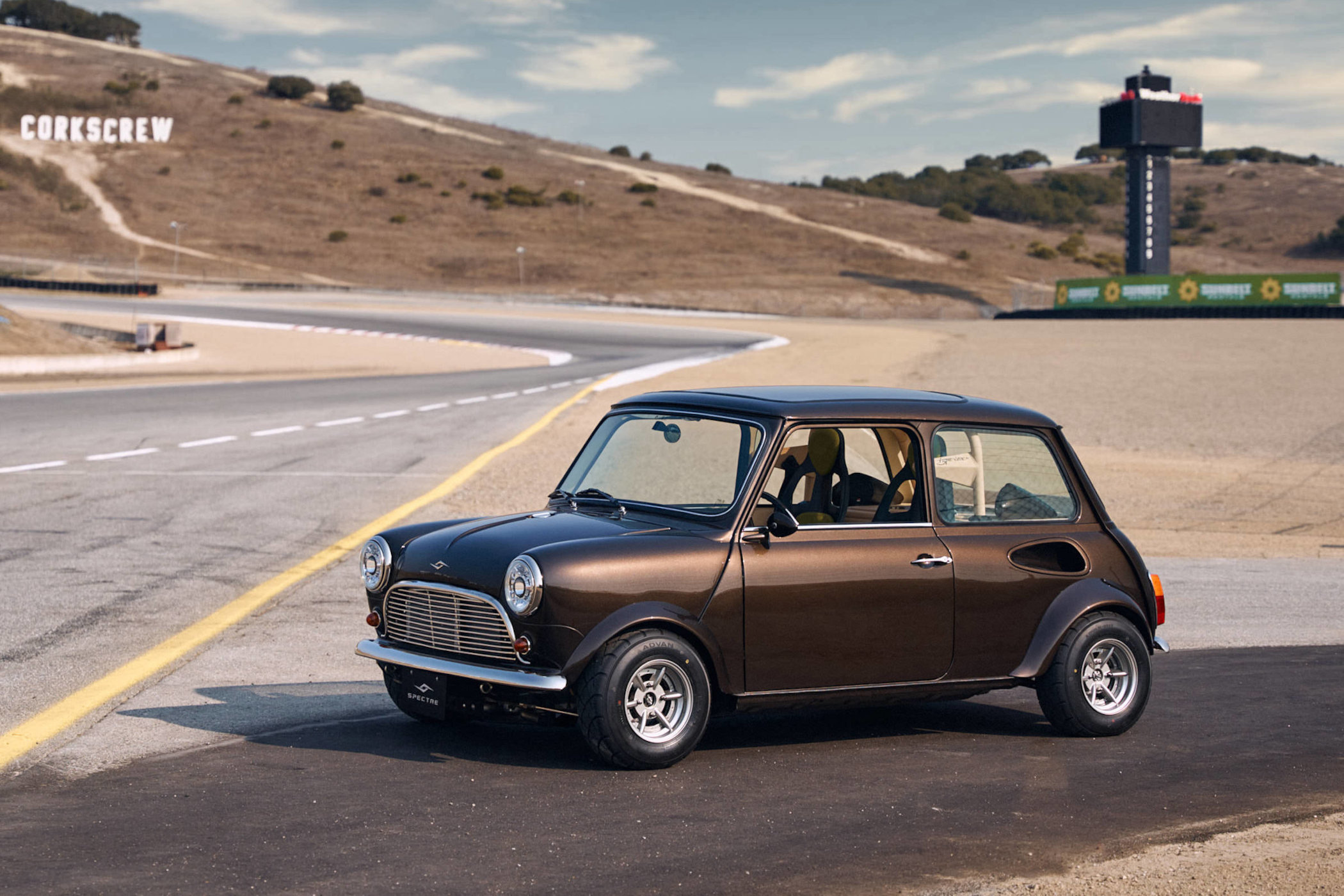
Normally I keep the specs of a car for later on in an article, but this time I am making an exception. What you are about to discover is a mental Mini. A Mini that’s simply off the charts in both cool-ness, and insanity. This Mini is a rear-engined, rear-wheel-drive monster of a compact car. And those specs? Well, less than 800 kilo’s, 230bhp, USD 180,000. Yep, you’ve read that right! This is a Mini that costs as much as a basic house (at least in the Netherlands). Time to dig deeper into the Spectre Vehicle Design Type 10.
The Mini is iconic, there’s no beating about the bush about that. Heck, I even fancy owning one at a certain point in time as a hobby car. And with my 2.01m Dutch frame, you’d be surprised that I fit in quite well! Sure, I don’t want to head down to the South of France in one, for the occasional blast of fun on twisty B-roads, I’d very much consider it!
The design is legendary of course and makes the most of the compact 2-door frame of the Mini, designed by Sir Alec Issigonis. It was first introduced in 1959 and took the world by storm. The concept really was quite revolutionary as it completely reshaped the idea of a compact car. It had a space-saving transversely mounted engine with the drive going to the front wheels. This eliminated an intrusive driveshaft and centre console running along the floor pan of the car. The wheels were put as far out on the corners as possible, resulting in a surprisingly spacious interior.
Of the original Mini, which has been tweaked here and there over the years, a staggering 5.3 million units were sold. The first million cars were sold in a mere 6 years, with sales surpassing 2 million sold by 1969. The 3 million mark came and went in 1972, and 4 million was achieved in 1976. After that, sales slowed down a bit as the concept was considered an outdated design by then. It also faced heavy competition from more modern, compact city cars. Nevertheless, it is one of the automotive industry biggest sellers. It was also voted the second most influential car of the 20th century, behind the Ford Model T but ahead of the Volkswagen Beetle.
The Mini wasn’t only a success in terms of sales numbers, but also in competitive racing. It famously won the gruelling Rally de Monte Carlo not once, but three times over against much bigger, much more powerful cars. In a tale of David versus Goliath, the Mini competed in international rallies (outside of the Rally de Monte Carlo), Saloon Car Championships, European Touring Car Championships and more, racking up impressive amounts of titles, wins and podium finishes.
The cult-like status the Mini garnered also lead to countless aftermarket modifications, and specialists seeking to “perfect” the original Mini. We’ve recently done a story on the Radford Type 62, built by a company once known for creating very luxurious versions of the small car.
So let’s take a look at the Spectre Vehicle Design and the Type 10. Spectre is based in Vancouver, Canada. The small team consists of life-long Mini fans, with David Hogg as the CEO, Marco Lii as Creative Director, Philip Ogilvie as Technical Director and Niko Myyrä as the Media and Marketing Director. Spectre uses a number of high-level specialists across Canada to build what could be considered the most refined Mini ever made. And yes, it has some unorthodox features but it is a car that just beggars belief.
To best put this in perspective, consider it the Mini equivalent of a Singer Porsche. It’s far beyond a nut and bolt restoration, as nothing is left untouched. Basically, Spectre takes the existing exterior as a reference point and then wipes the slate clean. From the outside, there are a few giveaways about the technical changes to the car. The biggest clues are the large air-intakes above the rear wheels and the exhausts sticking out the rear hatch with a grill in between.
Normally, the engine would be found in the front and measure a dinky 0.8 to 1.3 litres. Not in this one though! Spectre puts a 2.0 litre 4-cylinder Honda engine behind the seats, which produces about 230bhp and sends its power to the rear wheels. And considering the car’s weight of less than 800 kilos, and small contact patch of the wheels, I have a hunch this can be a menacing little machine to control!
Spectre aims to use as much of the supplied donor car as possible, but just looking at this thing gives the impression that’s very little in fact. The Type 10 uses completely new suspension components, brakes, wheels, transmission, differential, rear subframe, integrated roll cage, and of course that Honda engine. As I said, nothing is left untouched really.
And then there’s the interior. Once more literally wiping the slate clean, Creative Director Marc Lii (an Emy-award winning animator) has designed a completely new interior from scratch. It is an unusual yet very stylish mix of Japanese, German and mid-century modern design styles. The seats are made of carbon fibre, covered in leather. The armrests and central component of the dashboard are crafted from solid wood. On the floor, you will find a tatami-mat like material. It all looks very refined and to be honest, quite comforting to spend time in.
The first car built is painted in a deep brown colour, and sits on 10-inch wheels that resemble the iconic Minilite alloy wheels but with fewer spokes. Spectre has announced to build a first production run of 10 cars, each one pretty much fully tailored to the client’s specifications. And as ever with projects like this, you’d need deep pockets. Very deep pockets, as the base price of a Spectre Type 10 is USD 180,000. Comparing that to other resto-mods we’ve covered, the Kimera Automobili EVO37 comes in at EUR 480,000, and the Alfaholics GTA-R 290 or Totem Automobili GT Electric come in GBP 300,000 and 385,000 respectively. With this in mind, would the Spectre Vehicle Design Type 10 be worth it to you?
For more information, please visit SpectreVehicleDesign.com


